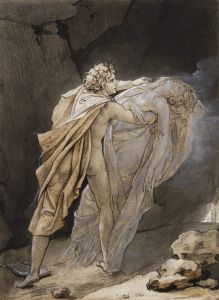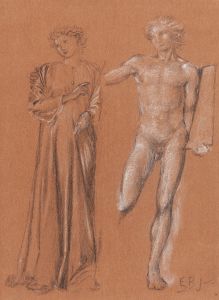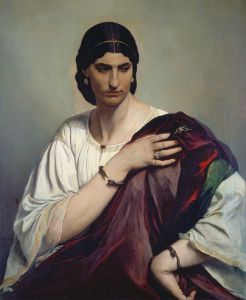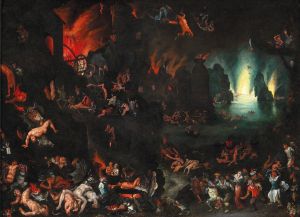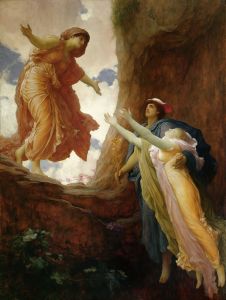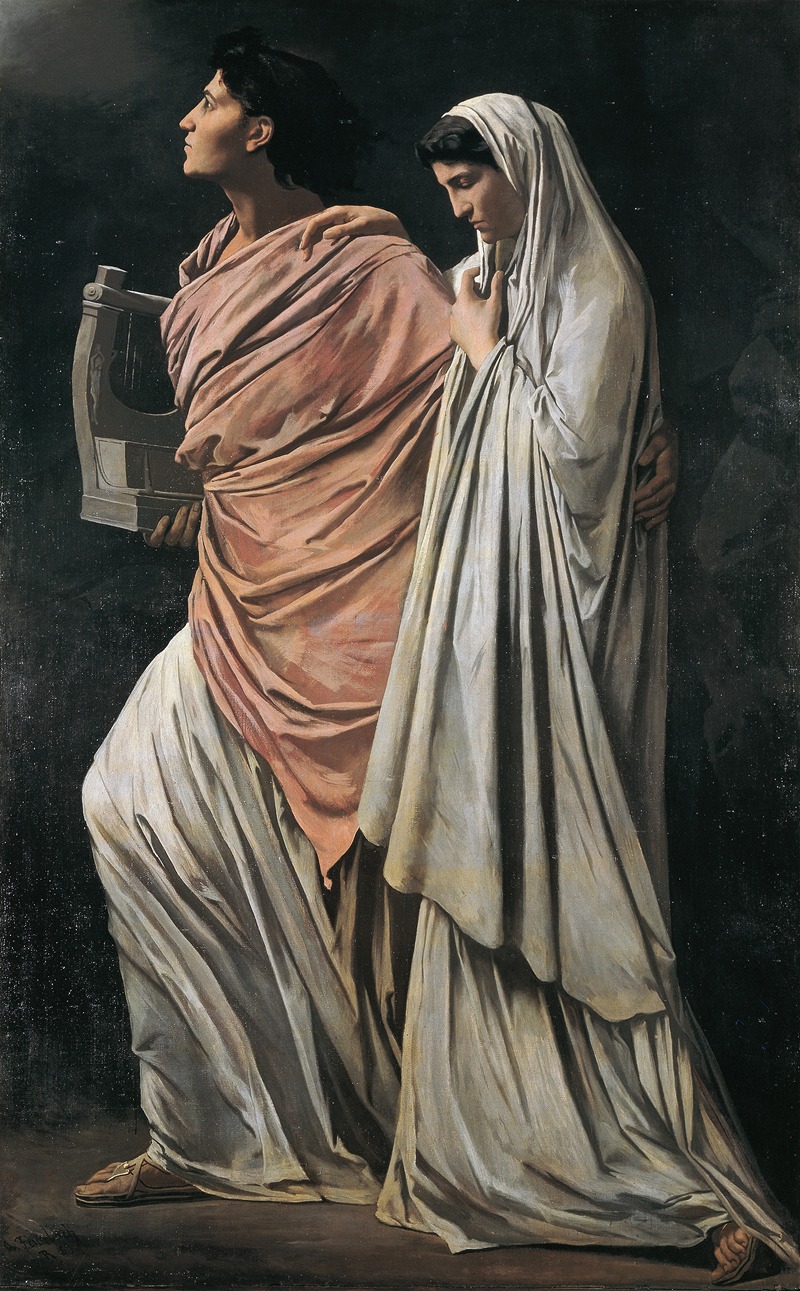
Orpheus and Eurydice
A hand-painted replica of Anselm Feuerbach’s masterpiece Orpheus and Eurydice, meticulously crafted by professional artists to capture the true essence of the original. Each piece is created with museum-quality canvas and rare mineral pigments, carefully painted by experienced artists with delicate brushstrokes and rich, layered colors to perfectly recreate the texture of the original artwork. Unlike machine-printed reproductions, this hand-painted version brings the painting to life, infused with the artist’s emotions and skill in every stroke. Whether for personal collection or home decoration, it instantly elevates the artistic atmosphere of any space.
Anselm Feuerbach's painting "Orpheus and Eurydice" is a notable work of art that captures the poignant mythological tale of Orpheus, a legendary musician, poet, and prophet in ancient Greek mythology, and his wife Eurydice. Feuerbach, a German painter associated with the Düsseldorf school of painting, created this artwork in the 19th century, a period marked by a resurgence of interest in classical themes and mythology.
The painting depicts the tragic story of Orpheus and Eurydice, which has been a popular subject in art and literature for centuries. According to the myth, Eurydice, a beautiful nymph, was bitten by a snake and died shortly after her marriage to Orpheus. Overcome with grief, Orpheus ventured into the Underworld to bring her back to life. His music was so moving that it softened the hearts of Hades and Persephone, the rulers of the Underworld, who allowed Eurydice to return with him to the living world on one condition: Orpheus must not look back at her until they had both reached the surface.
Feuerbach's interpretation of this myth is characterized by its emotional depth and classical composition. The painting typically portrays the moment of tension and anticipation as Orpheus leads Eurydice out of the Underworld. Feuerbach's use of light and shadow, as well as his attention to the figures' expressions and gestures, conveys the drama and pathos of the scene. The artist's style reflects the influence of classical antiquity, with an emphasis on idealized forms and harmonious proportions.
Anselm Feuerbach was known for his ability to infuse his works with a sense of timeless beauty and emotional resonance. In "Orpheus and Eurydice," he captures the essence of the myth, exploring themes of love, loss, and the power of art. The painting is a testament to Feuerbach's skill in rendering complex human emotions and his deep appreciation for classical mythology.
Feuerbach's work was part of a broader 19th-century movement that sought to revive classical ideals in art. This movement, often referred to as Neoclassicism, emphasized clarity, order, and balance, drawing inspiration from the art and culture of ancient Greece and Rome. Feuerbach's paintings, including "Orpheus and Eurydice," are exemplary of this style, showcasing his mastery of composition and his ability to convey narrative through visual means.
The painting is housed in the Staatliche Kunsthalle Karlsruhe, a museum in Germany that holds a significant collection of works by Feuerbach. It remains an important piece within the museum's collection, attracting visitors who are interested in 19th-century art and classical mythology.
Overall, Anselm Feuerbach's "Orpheus and Eurydice" is a compelling representation of a timeless myth, rendered with the artist's characteristic elegance and emotional depth. It continues to be appreciated for its artistic merit and its ability to evoke the enduring themes of love and tragedy.





